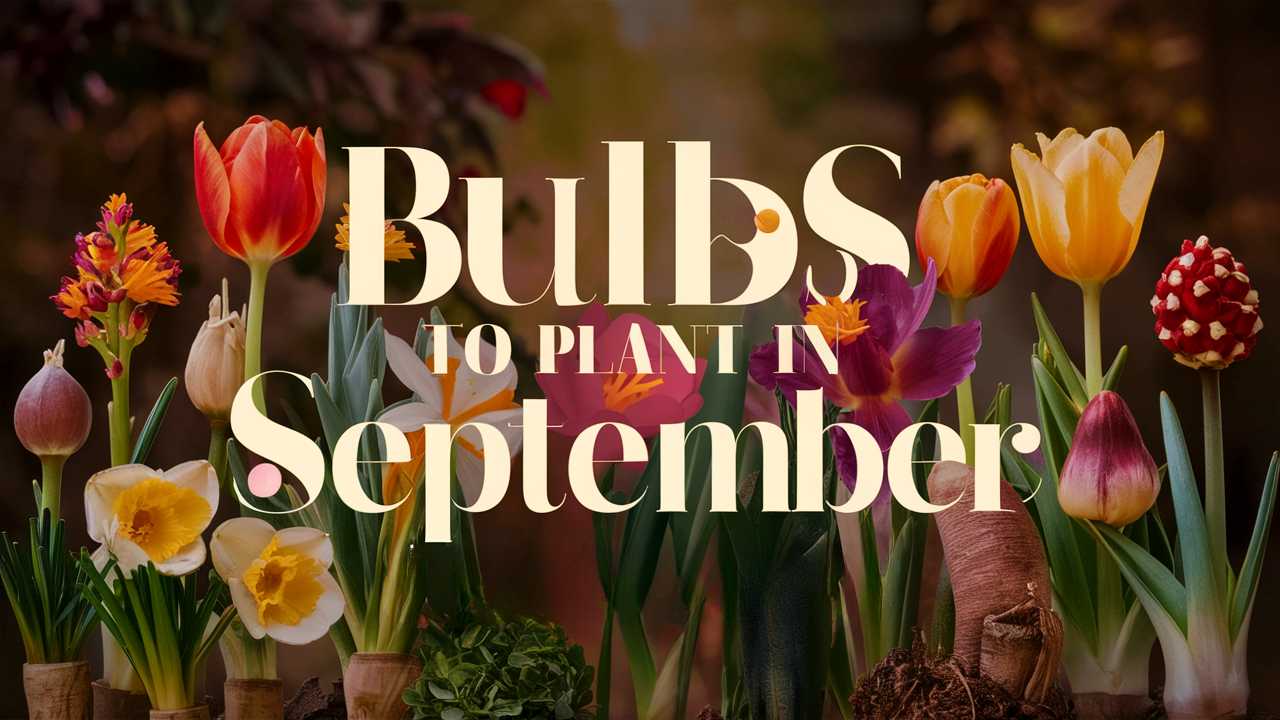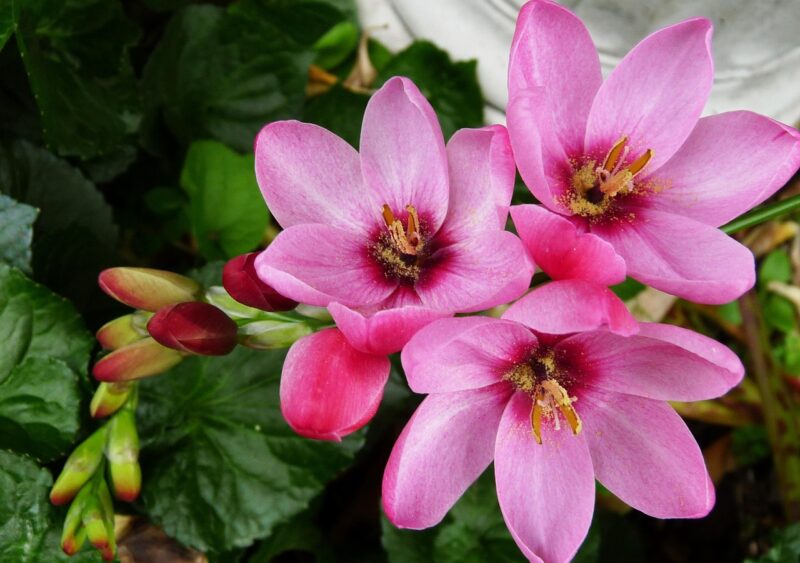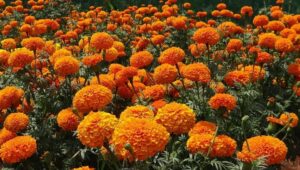In this guide, we will explore fifteen bulbs that are ideal for planting in September. We will discuss their unique characteristics, ideal growing conditions, and care tips. So, grab your gardening gloves and let’s dig into the joy of planting bulbs for a breathtaking spring garden!
Daffodils
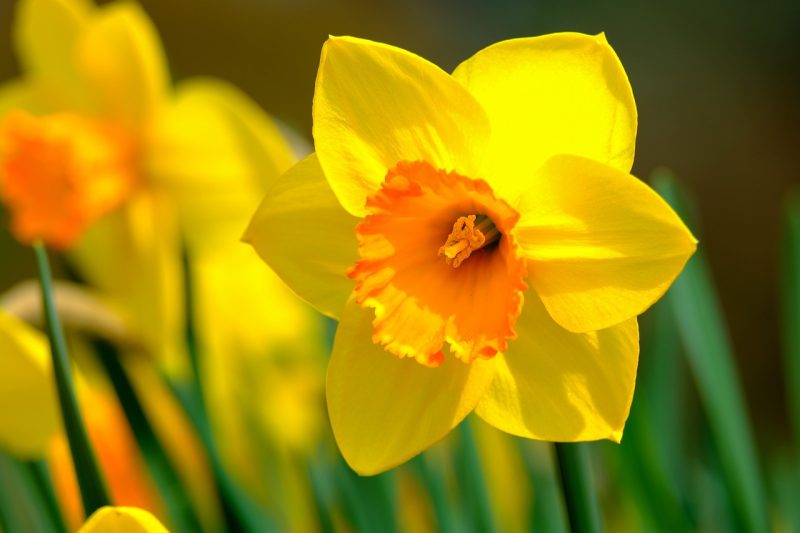
Daffodils, often heralding the arrival of spring, are one of the first bulbs gardeners think to plant. These hardy perennials are not only beautiful but also incredibly easy to care for. Daffodils come in a range of colors, from bright yellows to whites and even pinks.
Growing Conditions: They prefer well-drained soil and full sun but can tolerate partial shade. Plant them about 6 inches deep and 4 to 6 inches apart.
Care Tips: Daffodils require minimal maintenance. Once they bloom, let the foliage die back naturally, as this helps the bulb store energy for the following year.
Tulips
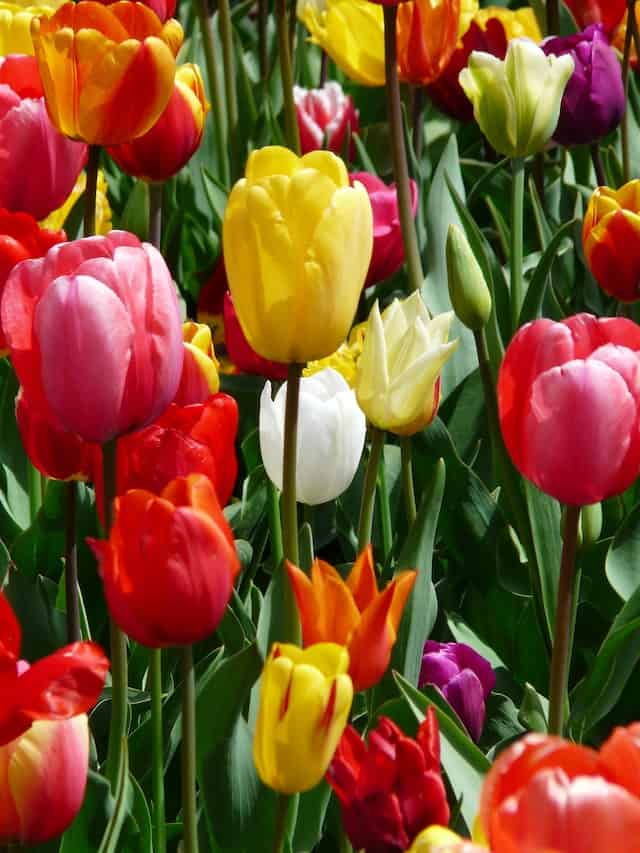
Tulips are perhaps the most celebrated spring bulbs. Their vibrant colors and classic cup shape make them a favorite for many. With varieties ranging from early-bloomers to late-flowering types, you can enjoy tulips almost all season long.
Growing Conditions: Tulips thrive in well-draining soil and full sun. Plant them 6 to 8 inches deep and ensure they have enough spacing for air circulation.
Care Tips: After tulips have flowered, allow the leaves to continue growing for a few weeks to replenish the bulb’s energy stores. If you live in a warm climate, consider treating them as annuals, as they may not return reliably year after year.
Hyacinths
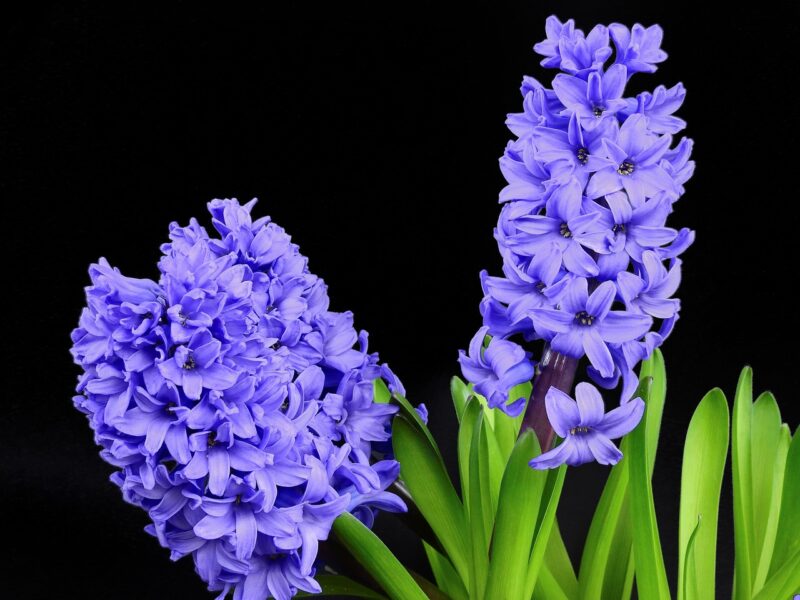
Hyacinths are renowned for their intoxicating fragrance and dense flower clusters. Available in shades of blue, pink, white, and even purple, they can add a vibrant touch to your garden.
Growing Conditions: They prefer well-draining soil and full sun to partial shade. Plant them 4 to 6 inches deep.
Care Tips: Like other bulbs, allow the leaves to die back naturally after blooming. A layer of mulch can help retain moisture and suppress weeds while the bulbs settle into the soil.
Muscari (Grape Hyacinth)
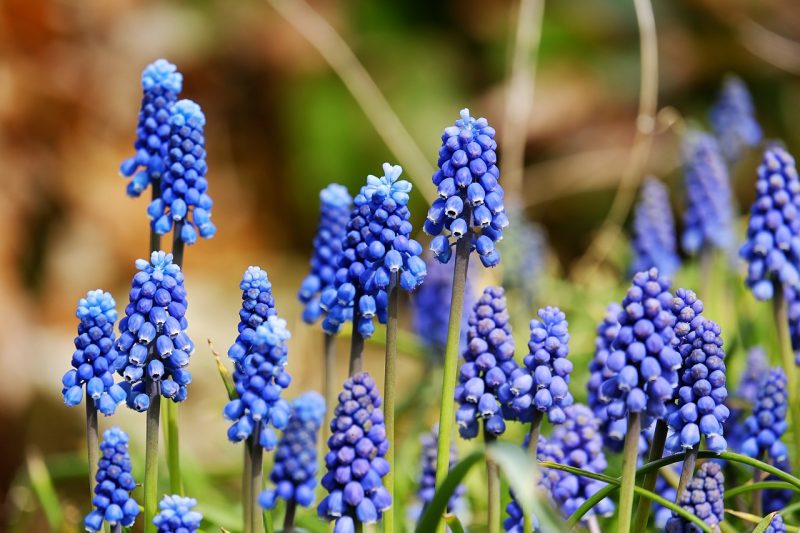
Muscari, commonly known as grape hyacinth, features clusters of small, bell-shaped flowers resembling grapes. They’re particularly effective as ground cover and can naturalize beautifully.
Growing Conditions: Muscari thrives in well-draining soil and full sun to partial shade. Plant them about 3 inches deep and 4 inches apart.
Care Tips: These bulbs can tolerate a variety of conditions but appreciate moderate watering. Once their blooms fade, refrain from cutting back the foliage until it has turned brown.
Crocus
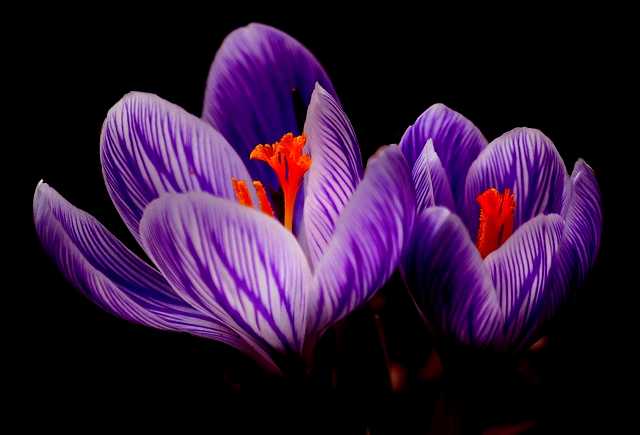
Crocus is among the earliest spring bloomers, sometimes pushing through the snow. Their cheerful flowers appear in purple, white, yellow, and striped varieties, making them excellent for a splash of early color.
Growing Conditions: They prefer well-drained soil and full sun. Plant them 3 to 4 inches deep and several inches apart.
Care Tips: Crocus is a low-maintenance bulb that can flourish in various conditions. Water them lightly if the autumn season is particularly dry.
Snowdrops
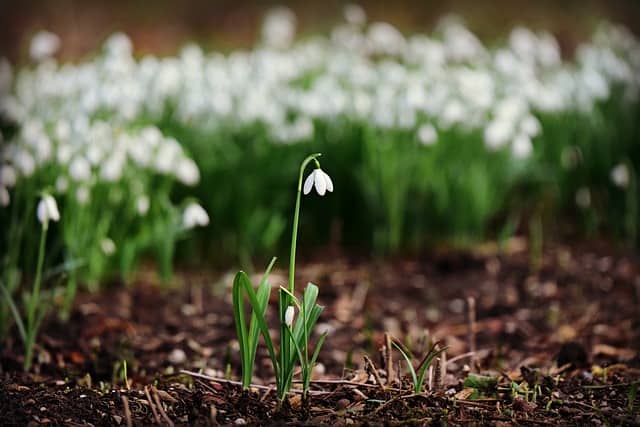
Snowdrops are delicate bulbs that often bloom even in cold conditions. Their nodding white flowers are a sign that spring is just around the corner.
Growing Conditions: They grow well in damp, well-drained soil and prefer partial shade. Plant them about 3 inches deep.
Care Tips: After blooming, allow the foliage to remain for several weeks. This will help the bulbs store energy. Snowdrops can multiply and naturalize over time, giving you years of enjoyment.
Anemones
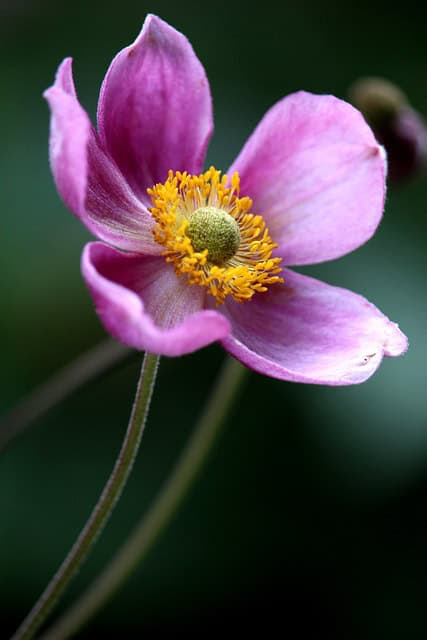
Anemones offer a unique charm with their delicate, poppy-like petals. With varieties such as the windflower, these bulbs can add ethereal beauty to your spring garden.
Growing Conditions: Anemones thrive in well-drained soil and shade to partial sun. Plant them about 2 inches deep and a few inches apart.
Care Tips: Keep the soil moist but not soggy. Once the blooms fade, trim the foliage to tidy up the garden.
Alliums
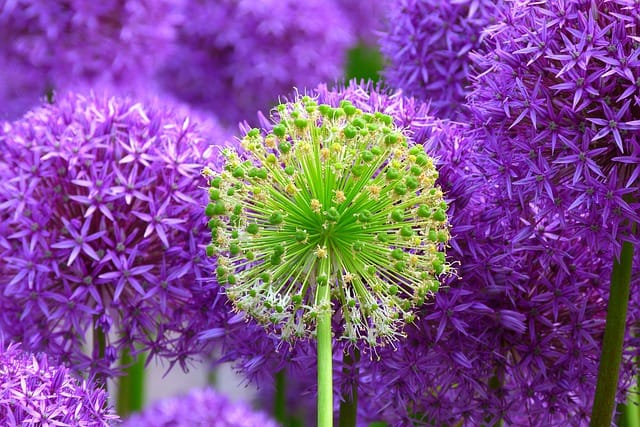
Alliums are striking bulbs known for their large, globe-like flowerheads that often stand tall above other plants. These flowers come in various colors, including purple, white, and yellow.
Growing Conditions: They prefer well-draining soil and full sun. Plant them 4 to 6 inches deep and ensure adequate spacing between bulbs.
Care Tips: Alliums are relatively drought-tolerant once established. Allow their foliage to die back completely before cutting it away, as this will help the bulbs thrive in the future.
Nerines (Spider Lilies)
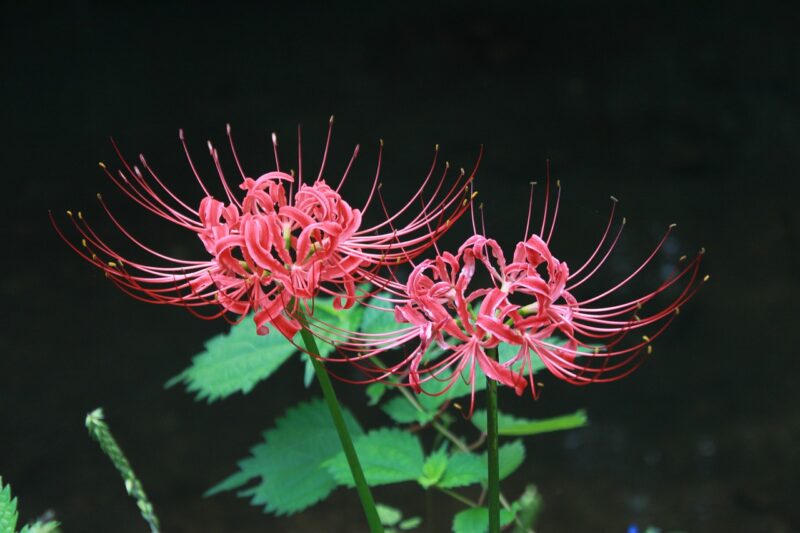
Nerines, also known as spider lilies, are beautiful bulbs with long, thin petals that create an elegant flower shape. Their vibrant colors make them a stunning addition to any autumn garden.
Growing Conditions: They thrive in well-drained soil and full sun to partial shade. Plant them about 4 inches deep.
Care Tips: These bulbs are tolerant of dry conditions but benefit from regular watering during dry spells, especially during their growing season.
Tuberose

Tuberose is revered for its sweet fragrance, making it a popular choice for gardens and cut flower arrangements. These bulbs produce tall spikes adorned with creamy white flowers.
Growing Conditions: They prefer well-drained, sandy soil and full sun. Plant them about 2 inches deep.
Care Tips: Tuberoses thrive on regular watering but should not sit in waterlogged soil. Deadhead spent flowers to encourage more bloom production.
Fritillaria
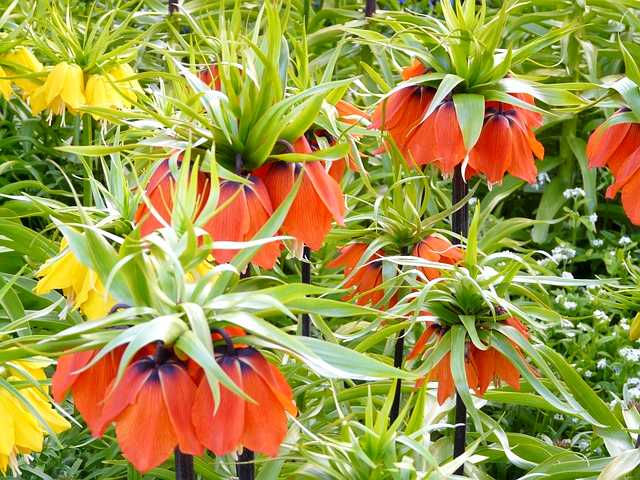
Fritillaria bulbs are unique with their bell-shaped flowers and striking patterns. Varieties like the ‘crown imperial’ can reach impressive heights and make terrific statement plants.
Growing Conditions: They like well-drained soil under full sun to partial shade. Plant them 5 to 6 inches deep.
Care Tips: These bulbs require good drainage to prevent root rot. If planted in cooler climates, mulch can help protect them through harsh winters.
Camassia
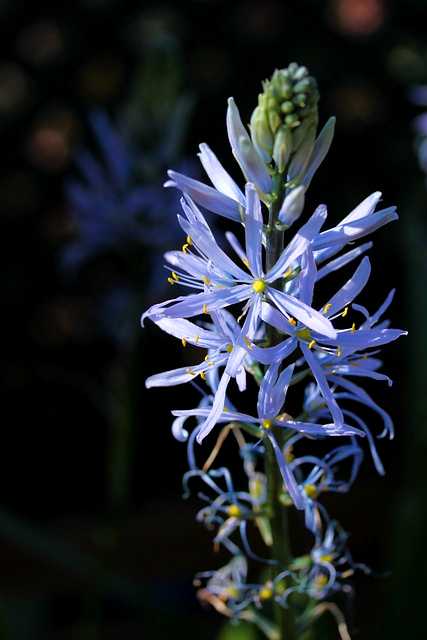
Camassia, also known as common camas or quamash, features star-shaped flowers that soar above grassy foliage. They have a lovely blue hue that can brighten up any garden.
Growing Conditions: They thrive in moist, well-drained soil and full sun or partial shade. Plant them about 3 inches deep.
Care Tips: These bulbs appreciate regular watering and can tolerate wet conditions. Once the blooms have faded, allow them to die back naturally.
Gladiolus
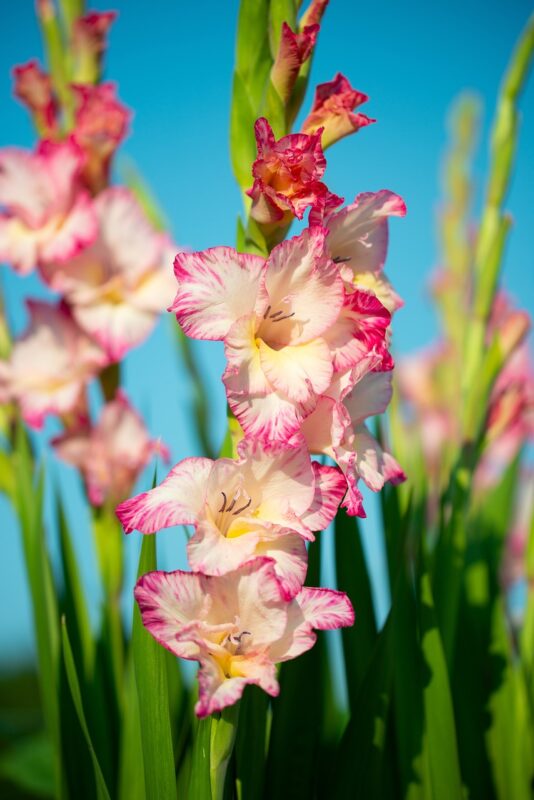
While often considered summer bloomers, gladiolus bulbs can be planted in early September in warmer regions. Their tall spires of flowers create a dramatic vertical effect in the garden.
Growing Conditions: They prefer well-draining soil and full sun. Plant them 4 to 6 inches deep.
Care Tips: Gladiolus needs regular watering but avoid waterlogged conditions. Deadhead flowers as they fade to encourage more blooms.
Ixias
Ixias are less commonly seen but provide a cheerful burst of color with their star-shaped blooms. These bulbs are perfect for creating a vibrant garden display.
Growing Conditions: They prefer well-drained, sandy soil and full sun. Plant them about 2 to 3 inches deep.
Care Tips: Ixias love warm conditions, so ensure they get enough sunlight. Regular watering during dry spells can help them thrive.
Planting and Caring for Bulbs in September

When planting bulbs in September, it’s essential to prepare your garden beds properly. Here are some key tips to ensure your bulbs thrive:
Soil Preparation: Start by enriching your soil with organic matter. Compost or well-rotted manure can enhance drainage and provide necessary nutrients.
Draining Water: Ensure that your bulbs are planted in a location with good drainage to prevent rot. If your garden is prone to waterlogging, consider mounding soil to improve drainage.
Timing: Aim to plant your bulbs before the first hard frost, which typically occurs in late October in many areas. Checking your local weather patterns can give you an idea of when to plant.
Watering: While natural rainfall is often sufficient for bulbs in September, it’s essential to monitor the moisture level. If the weather has been exceptionally dry, a light watering can help them establish roots.
Mulching: After planting, a layer of mulch can insulate the soil and retain moisture. As an added benefit, it can also suppress weeds.
Marking Locations: Consider using plant markers or stones to remember where you’ve planted bulbs. This will help prevent accidental digging or damage during subsequent garden chores.


